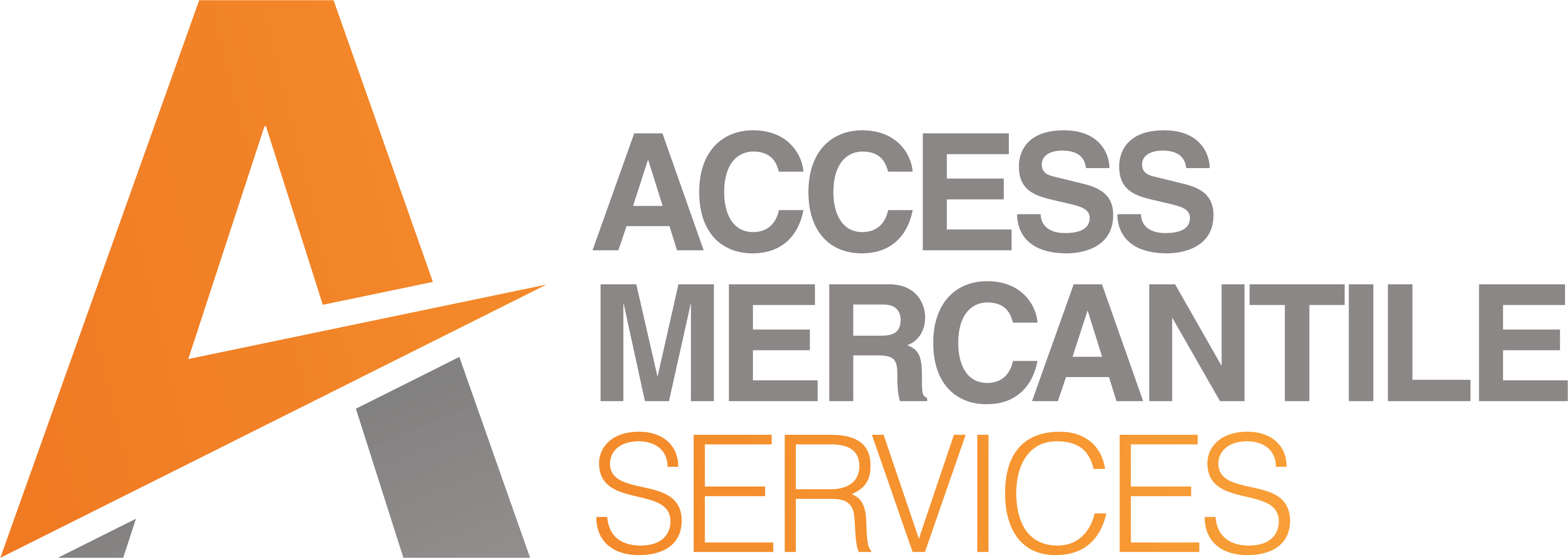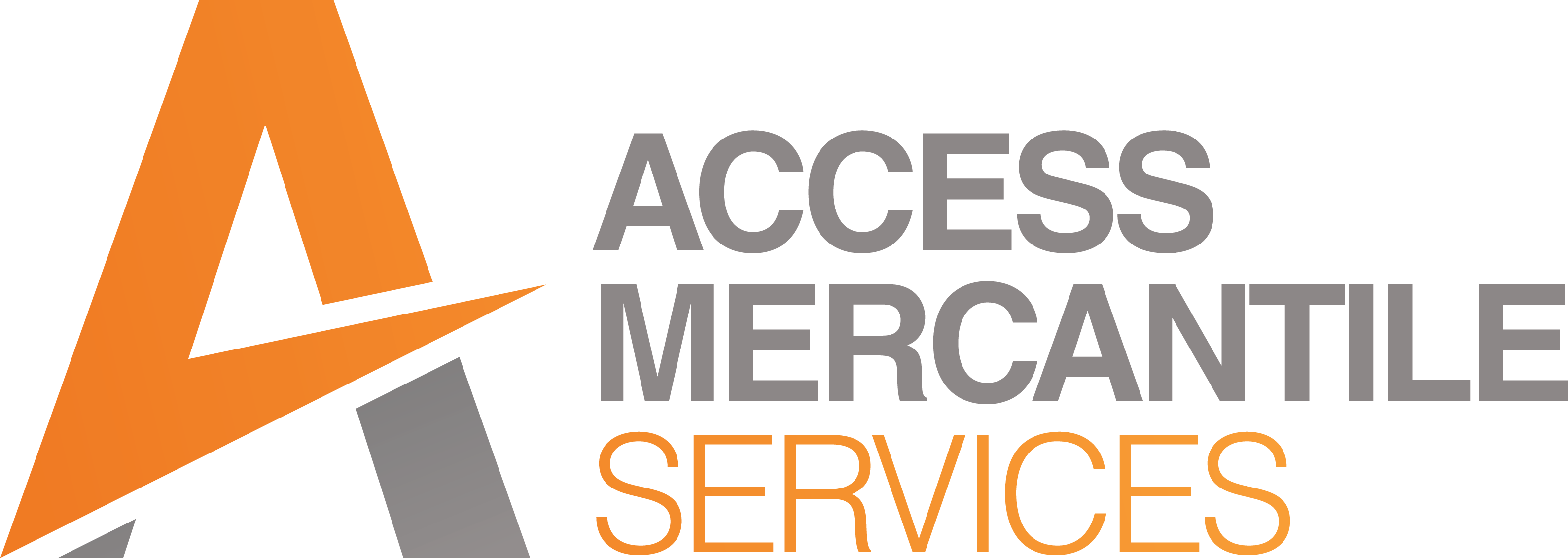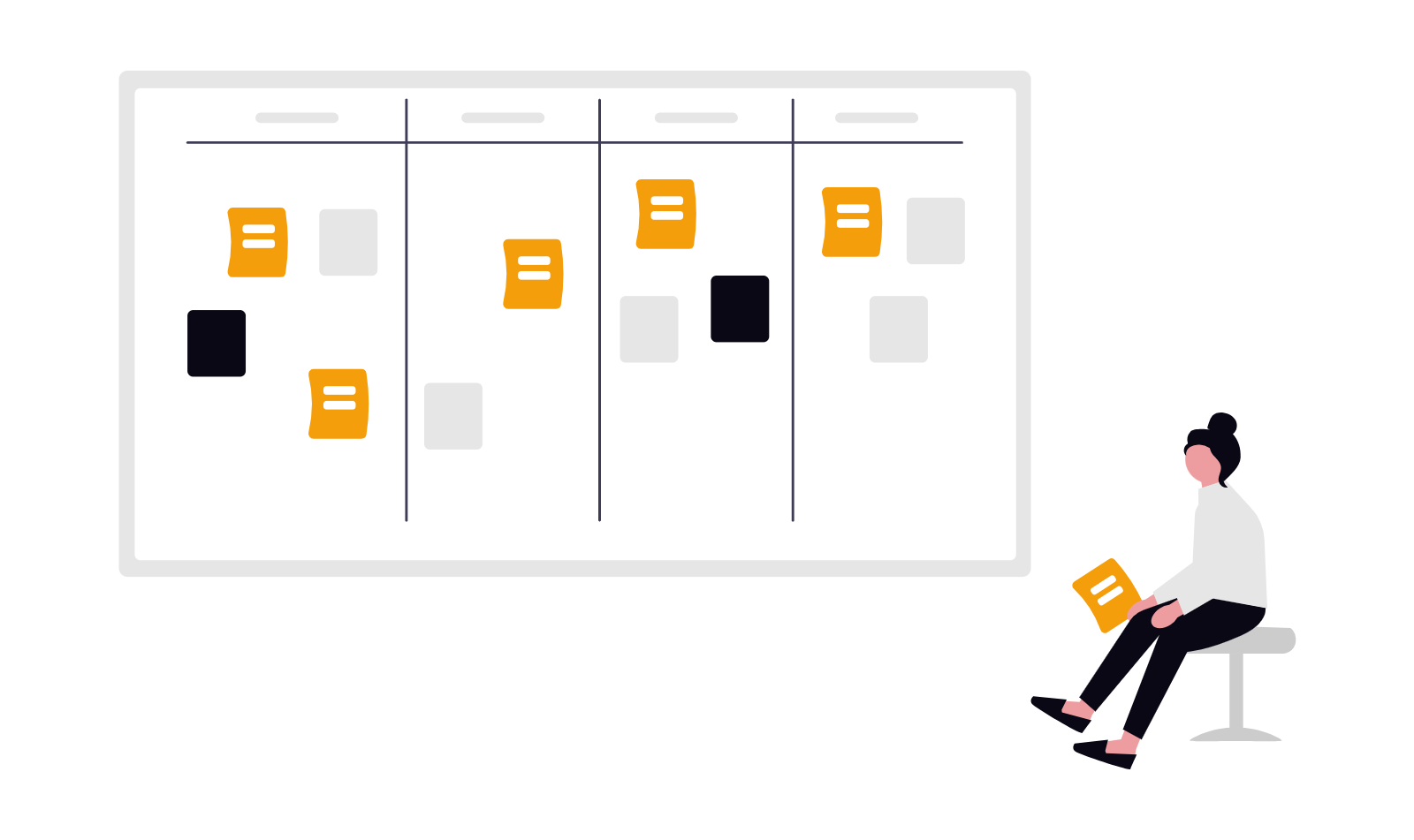EOFY Reflections: Now's the time to set up for success for a new financial year
As we close out another financial year, so many of us are busily doing everything we can to optimise our financial results before the year closes.
However, it’s also the perfect time for business leaders to take stock—not just of current business performance, but how well you are set up to deliver on your goals for the year ahead. Too often, real meaningful planning for the year ahead doesn't start until Q1 - by that stage the horse has already bolted, and your year can be defined by trying to chase it down.
As the Chief Information & Technology Officer at Access Mercantile, I work closely with senior executives, finance teams and operational leaders who are focused on improving cash flow, reducing bad debt, and improving how customers are served. Here are some common themes and actions I am seeing from across the industry that can help set you up for success in the new financial year.
1. Review and Understand Your Current Financial Performance
Sounds obvious… but do you really know what worked? What didn’t? Use EOFY as a data checkpoint to evaluate how effectively your collections efforts supported your cash flow goals. Analyse recovery rates, roll rates, and activity effectiveness.
Particularly, take the time to understand what's changed for your customers. Are the same customers behaving and responding differently to your strategies this year vs last year? Which customers, and what does that tell you needs to change in the year ahead?
Lastly, the most important point: understand whether what you are doing today is going to be enough to hit the financial targets and budgets for the year ahead. If not, you need to start making change now!
Identifying gaps now will help you implement targeted improvements in the new year.
2. Leverage Technology to Improve Efficiency
Collections doesn’t have to mean manual phone calls and spreadsheets. Leading organisations are automating workflows, integrating customer payment portals, and using omnichannel communications to scale recovery efforts without scaling overhead. Technology helps you move faster, stay compliant, and reduce human error.
More and more, slow internal IT programs has seen more integration with partners to do the heavy technology lifting - think configuration of payment arrangement policies, or automation of payment integration for improved customer self service options.
3. Ensure AI Is on Your Tech Roadmap
AI is no longer optional—it's foundational. More and more, large organisations are asking for detail on how AI is being used in business strategy today and in the future. AI-driven tools are transforming debt recovery by:
- Predicting repayment behaviour and prioritising accounts
- Delivering personalised, automated communication across channels
- Enhancing decision-making through real-time data insights
- Continuously optimising strategies
- And supporting quality conversations through full or partial interaction directly with your customers
If AI isn’t part of your roadmap yet, now is the time to explore how you can benefit - and how your partners can help get you there.
4. Improve Customer Experience and Retention
Debt recovery and customer experience are no longer mutually exclusive. Consumers expect digital-first, respectful engagement—even when they’re behind on payments. The agencies and businesses that win in this space are the ones that offer flexible, self-serve options and engage customers in the right tone, at the right time, through the right channel.
A great collections experience is a customer saved. And a customer you help while they are struggling will remember this through loyalty over the long term.
5. Focus on Early Intervention and Prevention
The earlier you act, the more options you preserve—for both recovery and the customer relationship. Clear payment terms, timely reminders, and real-time account monitoring can prevent debts from aging unnecessarily and reduce the need for escalated action later.
6. Strengthen Compliance and Data Governance
As regulations evolve and privacy expectations grow, it’s critical that your collection processes—and those of your partners—are built with compliance and security in mind. EOFY is a good time to audit data handling practices, review consent protocols, and ensure any outsourced providers align with your governance standards.
Compliance and security always remains with the idea that your biggest vulnerability is the weakest link in your chain. Take the time to test that your vendors and partners are meeting the standards you are being held to within your organisation.
7. Ensure your cost to serve is understood and optimised
As cost pressures rise, managing the cost to serve each account becomes increasingly important. The key is to match effort with return. AI and workflow automation enable you to segment portfolios by risk and value—allowing high-touch engagement for complex or high-balance accounts, and cost-efficient digital outreach for lower-risk or low-yield debts. This balance helps maximise recovery while reducing unnecessary resource spend.
Understand your unit-level economics – what’s your cost per letter, per customer, per phone call, per dispute? And understand your options for reducing and removing costs enables you to make the decisions needed to achieve your financial targets.
Look to introduce challengers to your existing processes - both to your suppliers and partners, and to your internal teams and processes. Trying something new is an innovation and improvement in and of itself.



